In the pursuit of sustainable agriculture, agroecology emerges as a promising solution. This approach blends ecological principles with farming practices to create a harmonious and environmentally friendly way of producing food. In this blog, we will explore the concept of agroecology, its historical roots, its benefits, future trends, and its vital role in shaping the future of agriculture.
 Onions and palm trees planted close to each other at an agroforestry farm in Católica, Brasil.
Onions and palm trees planted close to each other at an agroforestry farm in Católica, Brasil.
Understanding agroecology
Agroecology, in its essence, represents a profound shift in our approach to agriculture. It is the practice of melding ecological wisdom with farming systems to create a symbiotic relationship between nature and agriculture. This holistic approach views a farm not as a standalone entity but as an integral part of a larger ecosystem.
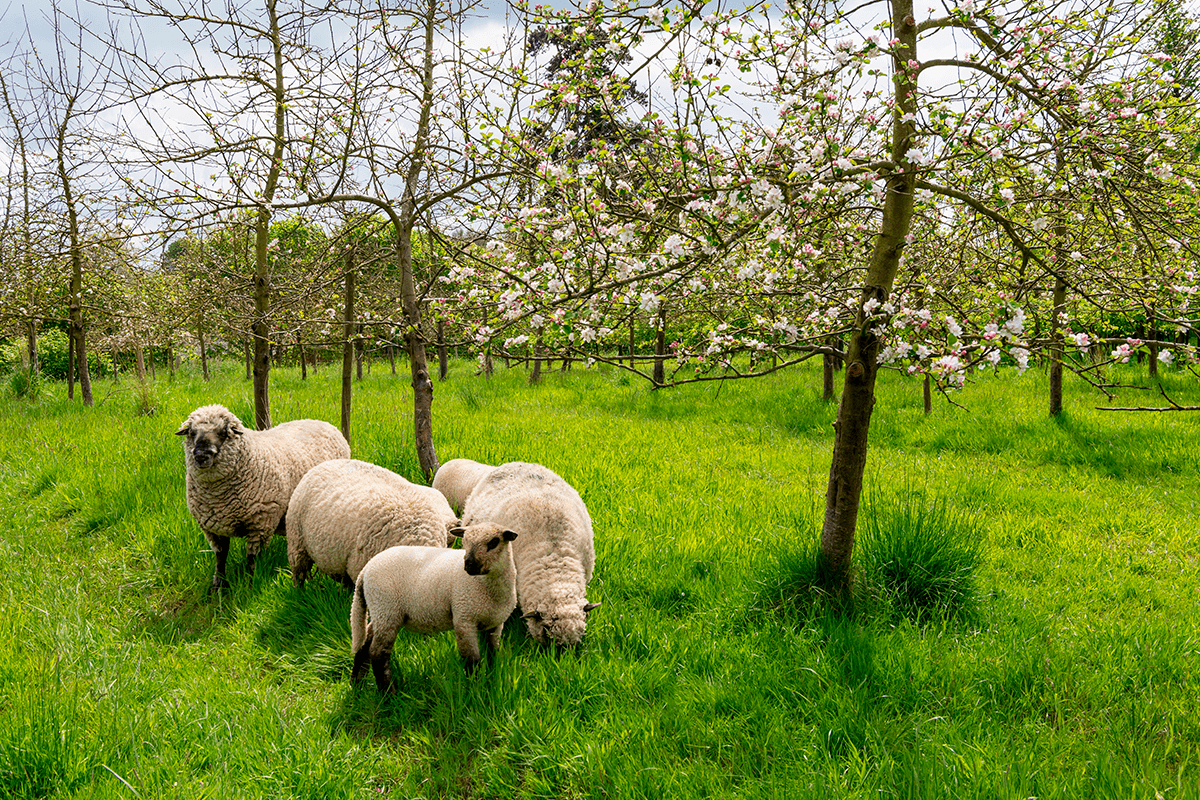 Agroforestry, sheep farming in an apple orchard at Seine-Maritime - France.
Agroforestry, sheep farming in an apple orchard at Seine-Maritime - France.
One of the fundamental tenets of agroecology is recognising the intricate web of relationships that exist within an agricultural environment. It goes beyond just growing crops; it's about understanding how each element, from the plants to the soil, from animals to human farmers, plays a crucial role. Agroecologists are akin to ecological choreographers, orchestrating the dance of life on the farm.
Read more: What is sustainable land management?
Agroecology goes further than mere sustainability; it seeks to regenerate ecosystems. By nurturing biodiversity, enriching soil health, and reducing reliance on synthetic inputs, it aims to not only feed us today but ensure that the land remains fertile and productive for generations to come.
While agroecology might seem like a contemporary buzzword, its roots are deeply embedded in the science of ecology and the practices of Indigenous and traditional farming communities. It is, in fact, a marriage of age-old wisdom and modern understanding.
The term agroecology has evolved over time, but its foundation rests in the concept of the agroecosystem. This term encapsulates the complex interplay between plants, animals, and their environment within a specific geographical area. Agroecosystems exist in a delicate equilibrium, and the practice of agroecology strives to work in harmony with these natural systems.
It's important to note that agroecology is not a one-size-fits-all approach. Instead, it adapts to the local conditions, ecosystems, and cultures. It values the knowledge held by Indigenous and local communities, recognising their role as stewards of the land.
Agroecology's broader principles are rooted in ecological science. It embraces the idea that agriculture should not be an exploitative endeavour but a regenerative one. It's about understanding the soil as a living, breathing entity, recognising that diverse crops can work together to fend off pests and diseases, and acknowledging the role of pollinators in the intricate web of life.
Read more: Harvesting innovation: DGB's new home at Wageningen University’s BioScience Center
In essence, agroecology embodies a fundamental shift from viewing farming as an industry to seeing it as an ecological art form, where the symphony of nature takes centre stage, and the harvest is a harmonious result of this orchestrated technique.
Principles of agroecology
Agroecology is built on several key principles:
- Integration of ecological and agricultural practices: Agroecology involves combining ecological processes with traditional farming methods. This integration often leads to practices that mimic natural ecosystems, making agriculture more resilient and sustainable.
- Biodiversity and resilience: Agroecological systems prioritise biodiversity, recognising the value of diverse plant and animal species. This diversity enhances the resilience of farming systems in the face of environmental challenges.
- Local and Indigenous knowledge: Agroecology respects and incorporates local and Indigenous knowledge about farming practices, which often have deep roots in sustainable, traditional farming methods.
Read more: How regenerative agriculture is transforming sustainable farming
Historical perspective
To fully understand agroecology, we must appreciate its historical roots.
Roots in traditional and Indigenous farming
Agroecology's origins are deeply intertwined with the traditional and Indigenous farming practices that have been passed down through generations. These communities have long been stewards of the land, recognising the vital importance of maintaining harmony with nature.
Indigenous and traditional farmers have an intrinsic understanding of the intricate web of life in their ecosystems. They view farming as a partnership with the natural world, appreciating that a balance must be struck to ensure the land's long-term health.
Many of the practices employed by these communities align closely with agroecological principles. Techniques such as crop rotation, intercropping (planting different crops together for mutual benefit), and conservation agriculture (minimal tillage and soil cover) are central to their traditional wisdom. These practices not only promote sustainability but also respect the land's natural rhythms.
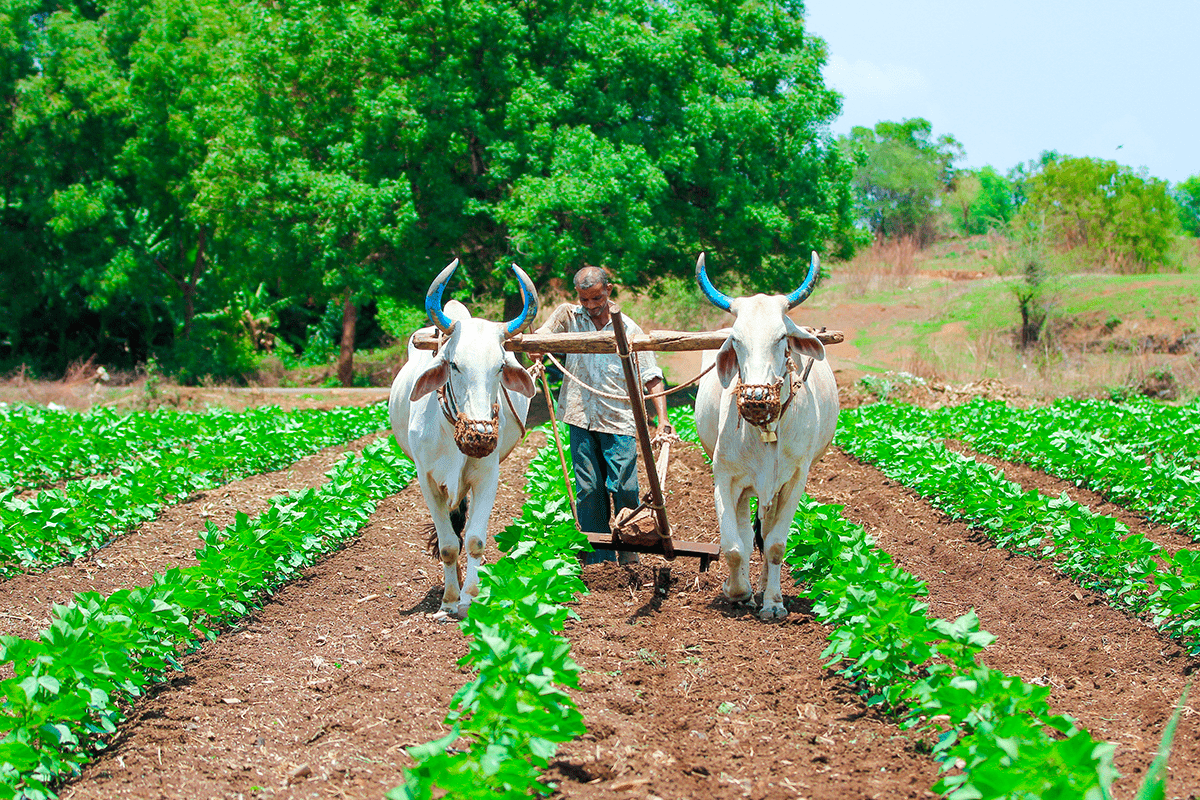 A farmer is ploughing his field with an ox-team, East of India.
A farmer is ploughing his field with an ox-team, East of India.
Role of modern agriculture
The transition from traditional and Indigenous farming to modern agriculture in the 20th century marked a significant turning point in agricultural history. Modern agriculture became synonymous with high-yield monocultures, where vast expanses of land were dedicated to a single crop. While this approach did increase crop production, it came at the cost of biodiversity.
The widespread use of synthetic pesticides and fertilisers became the norm in modern agriculture. This chemical-heavy approach, while boosting yields in the short term, had detrimental effects on soil health, water quality, and the environment as a whole.
Mechanisation, while increasing efficiency, led to the displacement of many traditional farming practices. The human touch in agriculture was often replaced by heavy machinery, further distancing the farmer from the land.
Read more: 10 Agricultural techniques for water conservation
The modern agricultural model created a disconnect between food production and the environment. While it provided short-term gains in food production, it led to issues like soil degradation, water pollution, and the loss of vital ecosystems. This ultimately posed long-term threats to food security and the sustainability of the planet.
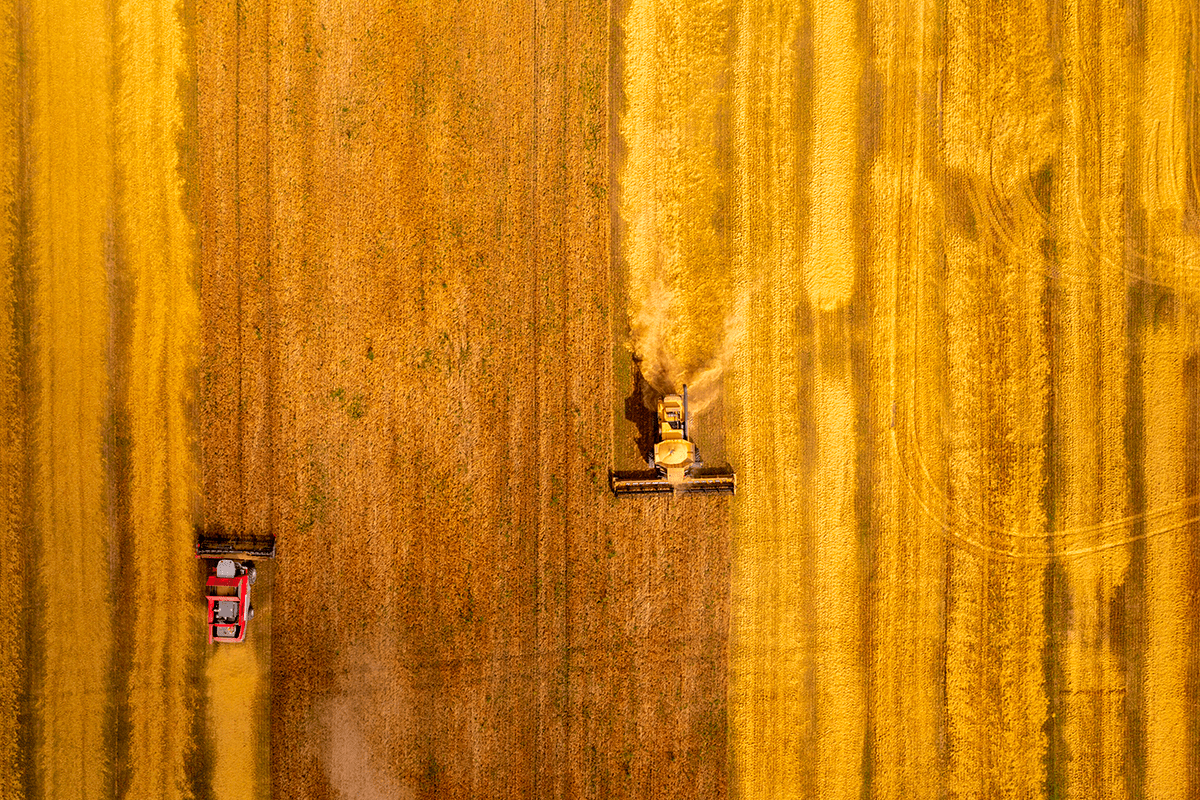 Wheat crops are a good example of high-yield monocultures.
Wheat crops are a good example of high-yield monocultures.
Influential figures and organisations
The revival of agroecology in recent decades owes much to influential figures and organisations. Dr Miguel Altieri and Dr Ana Maria Primavesi have been stalwart advocates of agroecology. Their contributions to the understanding and promotion of agroecology have been instrumental in its resurgence. Altieri's research on biodiversity in agroecosystems and Primavesi's work on soil management and crop nutrition have been foundational.
The Food and Agriculture Organization (FAO) of the United Nations has played a significant role in advancing agroecological practices worldwide. Through publications, initiatives, and partnerships, the FAO has advocated for the integration of agroecology into global agriculture.
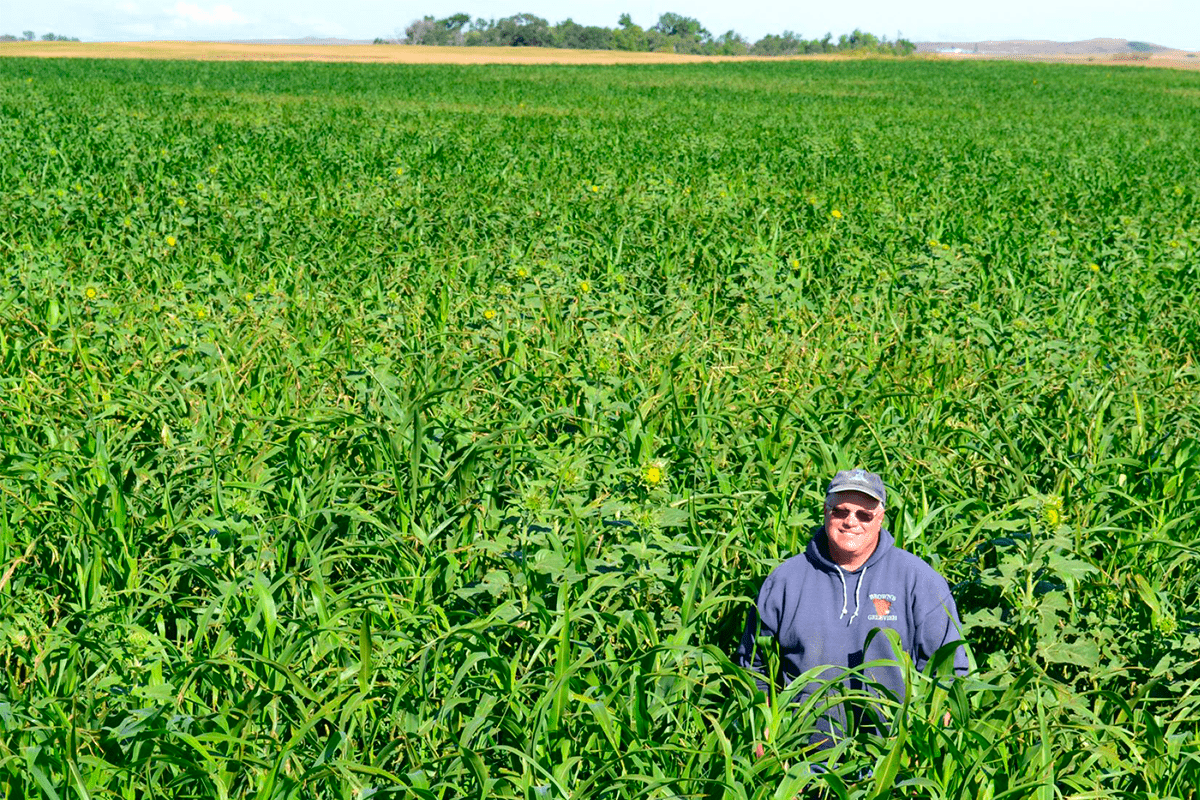 Soil Health Champion Gabe Brown, at his farm in North Dakota, US.
Soil Health Champion Gabe Brown, at his farm in North Dakota, US.
The World Agroforestry Centre has been at the forefront of promoting agroforestry, a key agroecological practice that involves integrating trees into farming systems. Their research and development efforts have demonstrated the environmental and economic benefits of agroforestry.
These influential figures and organisations have contributed to the growing momentum behind agroecology, making it a pivotal force in the drive for sustainable agriculture and a healthier planet.
Read more: Trees are nature's water managers: the importance of trees in water conservation
Benefits of agroecology
Agroecology offers a multitude of benefits, which are crucial in the quest for sustainable agriculture.
Environmental benefits
- Soil health and conservation: Agroecological practices, such as cover cropping and reduced tillage, promote soil health and prevent erosion.
- Reduced chemical inputs: By minimising the use of synthetic pesticides and fertilisers, agroecology reduces environmental pollution and safeguards ecosystems.
- Environmental resilience: Agroecological systems are better equipped to withstand the challenges posed by changing environmental conditions, making them essential in the fight against biodiversity loss and environmental crises.
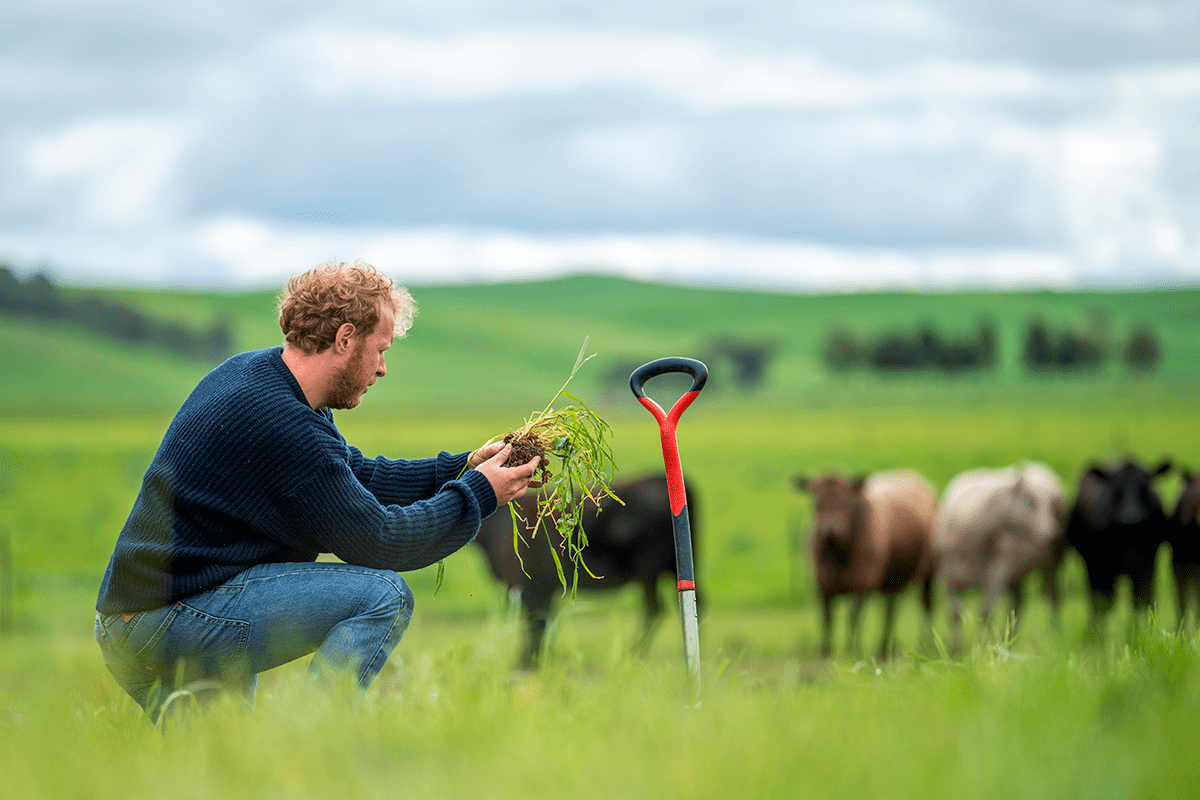 Regenerative organic farmer, taking soil samples and observing plant growth on his farm, practising sustainable agriculture.
Regenerative organic farmer, taking soil samples and observing plant growth on his farm, practising sustainable agriculture.
Economic benefits
- Sustainable livelihoods for farmers: Agroecology supports small-scale farmers by improving crop diversity and reducing the cost of external inputs.
- Local food systems and markets: Agroecological practices promote local food production and consumption, boosting local economies and reducing the carbon footprint associated with long-distance food transportation.
Social and community benefits
- Empowering local communities: Agroecology encourages the active participation of local communities in decision-making processes, creating a sense of ownership and empowerment.
- Addressing food security: Sustainable agriculture ensures a more stable and secure food supply, reducing the vulnerability of communities to external shocks.
Read more: Reforestation: 10 amazing benefits of planting trees
Emerging trends and innovations
- Agroecological technology: The integration of technology, such as precision agriculture and data analytics, can enhance the efficiency and productivity of agroecological systems.
- Urban agroecology: Urban farming is gaining traction as a means to bring agroecological practices to cities, promoting local food production and reducing food miles.
- Policy support: Governments and international organisations are increasingly recognising the importance of agroecology, leading to policies and initiatives that support its adoption.
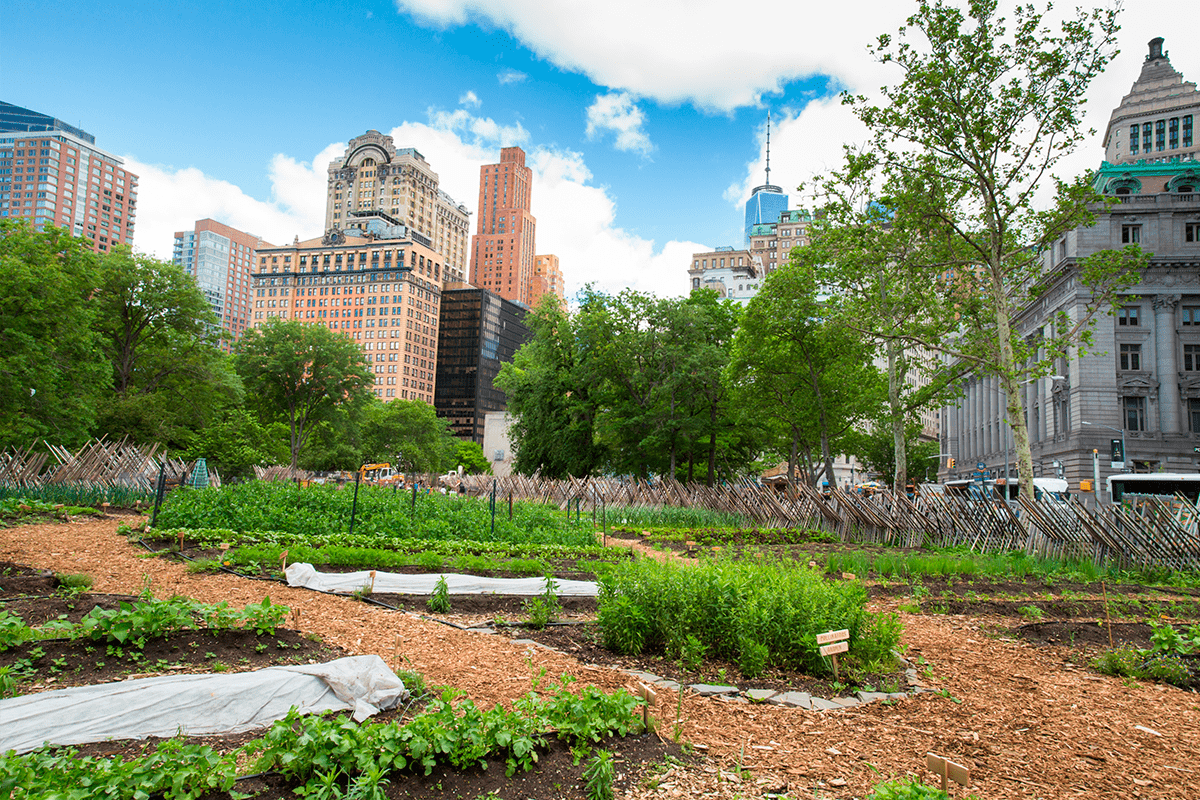 Battery Urban Farm gardening project in NYC. This one acre farm is the largest educational farm in Manhattan.
Battery Urban Farm gardening project in NYC. This one acre farm is the largest educational farm in Manhattan.
DGB Group: supporting sustainable agriculture for a greener future
In a world grappling with environmental challenges and food security, agroecology offers a sustainable solution. DGB Group believes in the power of nature and innovation and that only by following principles of sustainability can we create a better and brighter future for all. Our nature-based projects incorporate a variety of sustainable agricultural techniques, such as agroforestry and regenerative agriculture. We are also committed to safeguarding biodiversity and preventing habitat loss through land generation and the species we choose for planting. Moreover, helping local communities develop and maintain sustainable agricultural practices is a key component that contributes to the long-term success of our endeavours.
Read more: Greenzone Afforestation Project: cashew trees thriving in our latest planting season
By combining ecological principles with agriculture, agroecology presents a path to sustainable, resilient, and community-centric food production. As we look to the future, embracing and promoting agroecological practices becomes not only a choice but a necessity. The wisdom of traditional farming practices, combined with present innovations, can shape a future where agriculture truly thrives in harmony with the environment. Together, we can cultivate a world that nourishes both our wellbeing and our planet, ensuring a brighter tomorrow for all.
Start making a change for the better to help our planet







